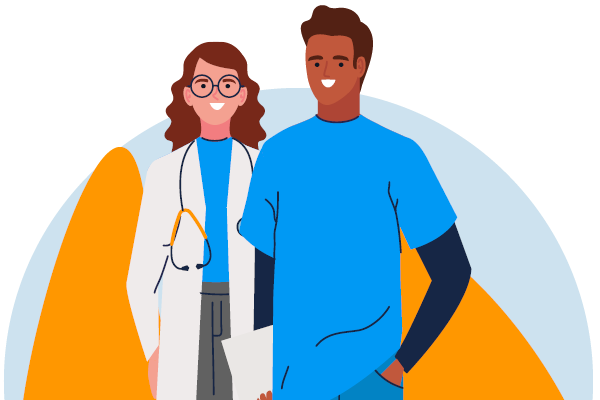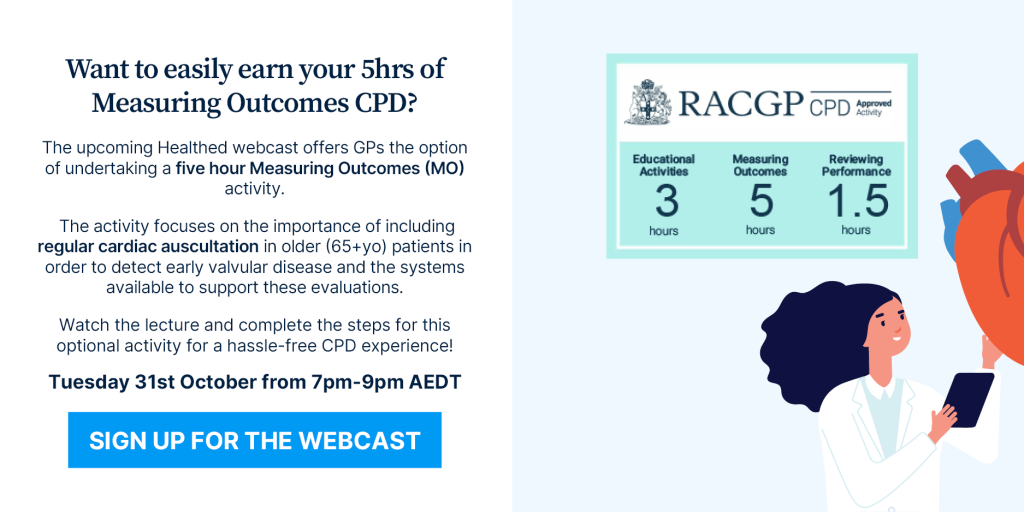Page 123 of 130
Volunteering Later in Life Can Enhance Mental Health and Wellbeing
Becoming a volunteer later on in life can result in good mental health and wellbeing, according to researchers from the University of Southampton and the University of Birmingham.
However, the study which is published in the BMJ Open online, found these effects did not apply before the age of 40, suggesting that the association with volunteering may be stronger at certain points of the life course. The results also point to the need for further efforts to engage middle aged and older people in volunteering activities.
Researchers from the Southampton Statistical Sciences Research Institute and Birmingham’s Third Sector Research Centre reviewed over 66,000 responses by British adults to questions posed through the British Household Panel Survey (BHPS), now part of the UK Household Longitudinal Study called Understanding Society.
The original Survey, which ran between 1991-2008, asked a range of questions on leisure time activities including the extent of formal volunteering. The Survey also included a validated proxy indicating mental health/emotional wellbeing known as GHQ-12.
Around 21% of respondents said they had carried out some kind of formal volunteering activity with women tending to volunteer more than men.
Across the entire sample, the average GHQ score was the best (lowest) among those who were frequent volunteers and worst (highest) among those who never volunteered… Read More>>
Source: Medical Xpress
How Night Shifts Can Increase Cancer Risk
Scientists from the Massachusetts Institute of Technology (MIT) reveal that disruption to the circadian rhythm also leads to the impairment of two tumor suppressor genes, which can spur tumor growth.
Lead author Thales Papagiannakopoulos, of MIT’s Koch Institute for Integrative Cancer Research, and colleagues publish their findings in the journal Cell Metabolism.
 Around 15 million people in the United States work night shifts or other irregular schedules, which studies have shown may have negative implications for health.
Around 15 million people in the United States work night shifts or other irregular schedules, which studies have shown may have negative implications for health.
A study reported by Medical News Today last year, for example, found a link between rotating night shift work and increased risk of death from cardiovascular disease, lung cancer, and all causes.
Shift work interferes with the body’s circadian rhythm – the approximate 24-hour cycle that regulates when we go to sleep and when we wake up, primarily in response to light and dark in the environment.
The body’s central circadian rhythm, or “master clock,” is made up of around 20,000 nerve cells in the brain, which are collectively referred to as the suprachiasmatic nucleus (SCN).
Situated in the hypothalamus, the SCN receives information about light and dark levels from the retina of the eyes, and this information is sent to the body’s cells… Read More>>
Source: Medical News Today
Acute Pain Management
The following article will summarise relevant and new findings regarding Acute Pain Management, including the use of analgesics relating to GP.

Tags: Pain Management
August 2, 2016
The Neuroscience of “Cool”
In the early 2000s, a major shift happened in the way people dress. Flared and baggy jeans began to give way to a skinny, low-slung version, and by the end of the decade, it seemed everyone—including men—were squeezing into jeans so tight that doctors began issuing health warnings. Now skinny is the status quo, and fashion’s early adopters aresearching for a new look.
These sorts of back-and-forth trends may seem frustratingly arbitrary, but there’s a tremendous force involved in the shrinking and growing of jeans. It’s called “cool.” It’s an incredibly powerful marketing tool—one that has driven the astronomical profits of companies from Nike to Apple to Kanye West’s Yeezy—and nowhere is its influence as obvious as in our clothes. Cool doesn’t just explain why people will pay $1,000 for the right sweatshirt. It’s also arguably a factor in why the right logo makes us view some people as more suitable for a job, or worthy of receiving money for charity.
What it is, exactly, is a little hard to define, but there are hints in its history, in trends, even in neuroscience. Cool is a target that’s constantly shifting. It’s an attitude, a term of approval, and today, as much as any of these things, it’s a game of superficially rebellious status-chasing, centered on consumerism.
Steven Quartz and Anette Asp, neuroscience researchers at the California Institute of Technology, have run fMRI studies on the brains of people looking at items that a separate group identified as “cool” or “uncool.” Just viewing these objects activated a part of the subjects’ brains called the medial prefrontal cortex (MPFC). It’s involved in social emotions, such as pride and embarrassment, that center on how we perceive ourselves and believe others perceive us, and it has strong ties to the brain’s reward and disgust circuits.
The finding establishes an interesting connection between what we perceive as cool and our feelings about our place in society, as Quartz and Asp explain in their book, Cool: How the Brain’s Hidden Quest for Cool Drives Our Economy and Shapes Our World. The cooler the subject found the product to be—Quartz and Asp surveyed what they considered cool as well—the more active the MPFC became. They believe it suggests that the subjects’ brains were responding to how they thought the product might boost their esteem in the eyes of others… Read More>>
Source: Quartz
July 27, 2016
Teens Who Play Sports Less Likely to Say They’ve Done Heroin
Teens who play sports are less likely than those who don’t to say they’ve ever used opioid painkillers without a prescription or heroin, according to a new U.S. study.
Researchers also found that opioid and heroin use declined among teen sports players between 1997 and 2014, a period when overall use of these drugs was increasing in the U.S.
Young athletes, in general, are less likely than their nonparticipating peers to use illicit substances like cocaine or LSD, said lead author Philip Veliz of the University of Michigan in Ann Arbor.
“What was surprising were the decreasing trends in both lifetime prevalence of nonmedical use of prescription opioids and heroin use among athletes and nonathletes during a period when the prescribing of opioid medication increased,” Veliz told Reuters Health by email.
Past research has found that athletes have a higher than average likelihood of being exposed to opioids as a result of injuries. Although that puts them at risk of abusing the drugs, little is known about whether it also raises the risk of using heroin, the authors write in Pediatrics… Read More>>
Source: Reuters
Certain Factors Increase Magnitude of Head Impact in HS Football
In high school football, head impacts are more severe in the second quarter of the game, when caused by contact with another player and after longer closing distances, according to a new U.S. study.
The researchers say rule changes to minimize these situations should be considered to reduce the number and severity of head impacts.
“Impacts to the head that resulted from contact with another player were of higher magnitude than contact with other surfaces, such as the ground,” said lead author Julianne D. Schmidt of the University of Georgia in Athens.
“We also found that running a long distance before colliding with an opponent resulted in higher magnitude head impacts compared to running a short distance, especially when players started in a 3-point stance or were being struck,” she told Reuters Health.
For 13 games, 32 high school football players wore helmets fitted with telemetry instruments to record and analyze head impacts. Combining that data with game film, the researchers assessed nearly 3,900 head impacts among the players… Read More>>
Source: Reuters
July 20, 2016
Lower Risk of Bowel Cancer Death Linked to High Omega 3 Intake After Diagnosis
A high dietary intake of omega 3 fatty acids, derived from oily fish, may help to lower the risk of death from bowel cancer in patients diagnosed with the disease, suggests research published online in the journal Gut.
If the findings can be reproduced in other studies, patients with bowel cancer might benefit from boosting their oily fish intake to help prolong their survival, say the researchers.
Previous experimental research has shown that omega 3 polyunsaturated fatty acids (PUFAs)—namely, eicosapentaenoic acid (EPA), docosahexaenoic acid(DHA), and docosapentaenoic acid (DPA)—can suppress tumour growth and curb blood supply to malignant cells (angiogenesis).
The researchers base their findings on the participants of two large long term studies: the Nurses’ Health Study of 121,700 US registered female nurses, aged between 30 and 55 in 1976; and the Health Professionals Follow Up Study of 51, 529 male health professionals, aged between 40 and 75 in 1986.
All participants filled in a detailed questionnaire about their medical history and lifestyle factors when they joined the studies, and this was repeated every two years subsequently.
The information requested included any diagnosis of bowel cancer and other potentially influential factors, such as height, weight, smoking status, regular use of aspirin and non-steroidal inflammatory drugs, and exercise taken… Read More>>
Source: Medical Xpress
How Artificial Sweeteners May Mess With Your Brain
Artificial sweeteners have been the subject of a lot of scientific debate in recent years, partly owing to the fact that they don’t seem to help much with weight loss at all. In fact, they may actually contribute to weight gain: A study a couple of years ago suggested that they may do this in part by altering the friendly bacteria in our guts, and triggering glucose intolerance. Though this is likely part of the explanation, a new study finds another way in which they may mess with our bodies–this time through our brains. At least if you’re a fruit fly or a mouse. But the thought is that a similar phenomenon is probably happening in humans.
 In the new study, out of the University of Sydney and published in Cell Metabolism, researchers gave fruit flies a diet sweetened either with sugar or with sucralose. When the intake was prolonged (meaning for more than five days at a stretch), the fruit flies ate 30% more calories when their food was artificially sweetened than when it was naturally sweetened.
In the new study, out of the University of Sydney and published in Cell Metabolism, researchers gave fruit flies a diet sweetened either with sugar or with sucralose. When the intake was prolonged (meaning for more than five days at a stretch), the fruit flies ate 30% more calories when their food was artificially sweetened than when it was naturally sweetened.
And when the researchers gave the two groups of mice real sugar later on, they saw differences in how their brains responded, the sucralose-habituated mice having more activity in their brains in response to the real sugar. Which suggests that the sugar may have tasted sweeter after the animal had acclimated to artificial sweetener.
“After chronic exposure to a diet that contained the artificial sweetener sucralose, we saw that animals began eating a lot more,” said study author Greg Neely. “Through systematic investigation of this effect, we found that inside the brain’s reward centers, sweet sensation is integrated with energy content. When sweetness versus energy is out of balance for a period of time, the brain recalibrates and increases total calories consumed.”
In other words, when the brain perceives sweetness without calories–the two go together in natural foods–it flips out a little and recalibrates to the strange balance, or imbalance, it’s gotten used to. “The pathway we discovered is part of a conserved starvation response that actually makes nutritious food taste better when you are starving,” says Neely. The flies also exhibited other “symptoms,” like hyperactivity, insomnia and glucose intolerance… Read More>>
Source: Forbes
July 18, 2016
Page 123 of 130






